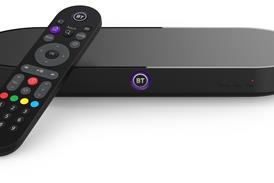Satellite's role in delivering UHD content

Satellite has a vital role to play in the distribution of UHD programming, especially the delivery of high-value live content to large audiences.
The rise of streaming and growth in popularity of OTT platforms has led some to point towards the death of linear TV and in turn satellite distribution.
However, as with traditional TV, satellite is far from dead, with observers pointing to an important role to play particularly in reaching vast geographical areas.
Indeed, the widescale penetration of satellite delivery remains one of its strongest selling points as well as its efficiency and low-latency.
But as UHD grows in popularity – particularly for sport and live events - what will its role be in delivering high resolution content?
Ultra-high definition (UHD) 4K devices are set to become mainstream, accounting for nearly 50% of all TVs shipped worldwide by the years end according to statistics from Futuresource Consulting, while IHS Markit predict this figure to grow to 47.9 million by 2021. And satellite operator SES expects UHD screens to be in every third home in the US and every sixth home in Europe by the end of this year.
“Satellite is best placed for large scale multicast delivery,” Toby Holleran Senior Analyst at Ampere told IBC365, “especially for high-demand live events such as sports competitions.
“If 10 million people wanted to tune into a World Cup game in 4K, even with IP delivery costs decreasing, this would still be the most cost-effective method, as additional viewers incur no additional cost.
“There is no strain on a content delivery network from…
Read the full article

Sign up to IBC365 for free
Sign up for FREE access to the latest industry trends, videos, thought leadership articles, executive interviews, behind the scenes exclusives and more!
Already have a login? SIGN IN

















